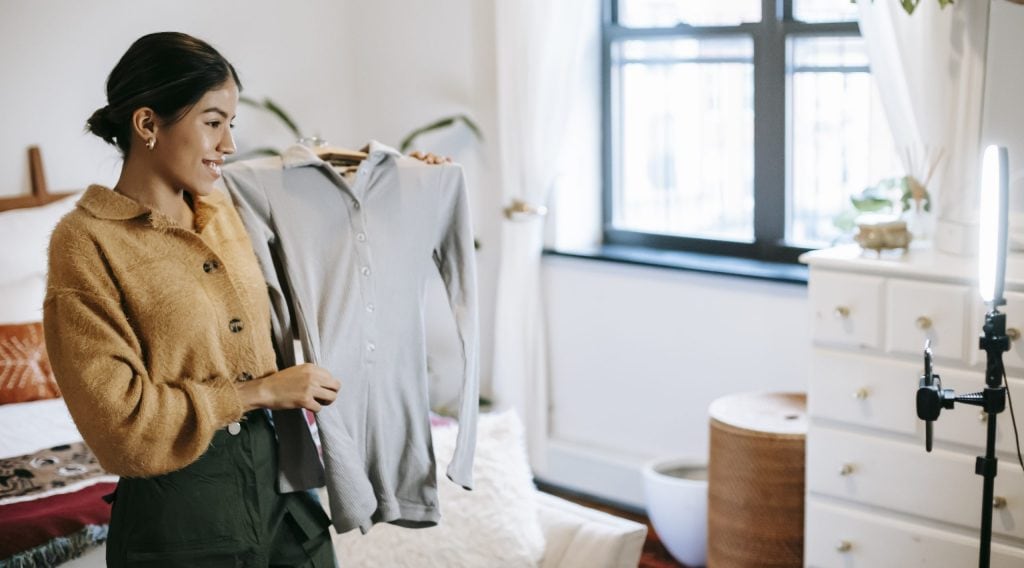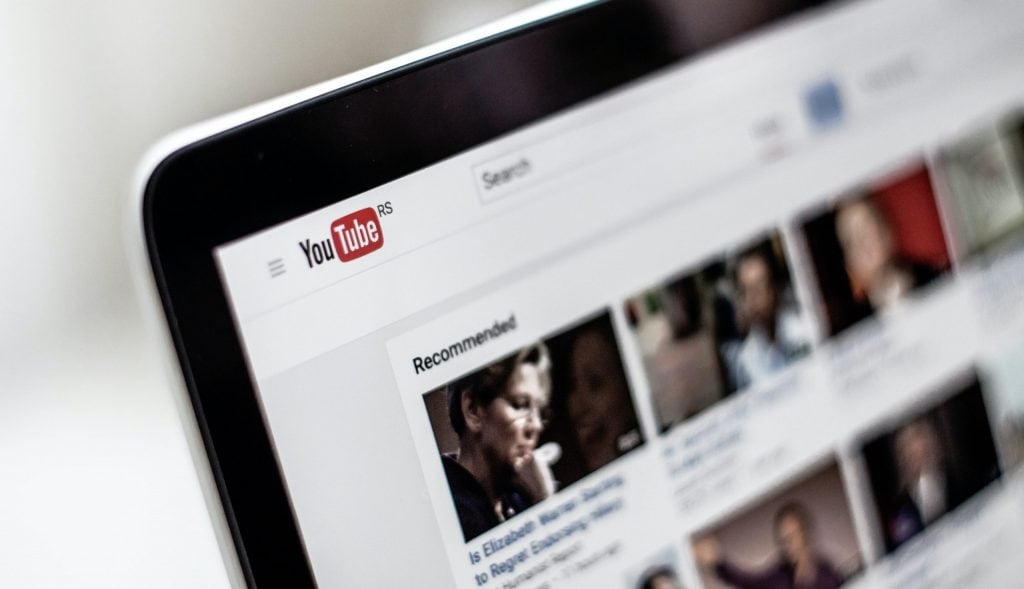YouTube’s coveted right-hand column consists of three sets of videos:
- some similar videos by the same author were selected according to a special algorithm
- other videos YouTube considers similar to yours
- recommendations based on user interests
The YouTube algorithm uses such indicators as audience retention, relevance, viewer history, engagement, etc. There are many ways to influence these indicators and, therefore, the chances of appearing in the recommended videos column.
1. Create engaging content
This is a great opportunity to get into recommendations because YouTube’s algorithms are optimized to promote videos that keep people on the platform for a long period of time. For example, the “107 Facts” series of videos was created by Frederator Networks specifically to generate high retention YouTube views.
There are many resources to help you understand what will be most appealing to your audience (Google Trends, VidIQ). Remember to check YouTube analytics to see which content is working and which is not.
2. Encourage interaction
The second way to get into video recommendations is to encourage social reactions. YouTube’s algorithm gives priority to videos with more likes, views, and comments.
Also, when viewers have an emotional response, it is more likely to result in higher retention rates. By the way, you can buy YouTube views with audience retention on special SMM panels and boost audience retention.
3. Optimize the title
The main source of metadata is the title of the video.
It helps to do the following:
- Get people to click on the video. The first step in increasing audience retention is to get that viewing started! Titles (and thumbnails) are the two most important parts of doing this.
- Ensure a high position for the selected keyword. This is most important for appearing in the recommendation column on other authors’ videos.
- Tell the algorithm that the videos are related one to the other. For example, including in the title the show title, episode number, and channel name: 107 SpongeBob SquarePants Facts You Should Know (ToonedUp #37) @ChannelFrederator.
4. Optimize your metadata
Descriptions, tags, and captions are important aspects of metadata. Many, if not all, SEO principles also apply to the recommended video selection algorithm.
- The description should consist of at least 3 sentences and be placed at the top of the description section before anything else.
- Always include 3-5 general sentences about the channel at the bottom of the description section.
5. Re-link videos through annotations and playlists
The fifth way is to relink in cards and playlists, link in descriptions, and link to new videos in the comments of old ones. However, even though many creators do this, there is no data or evidence that the algorithm for selecting recommended videos is directly dependent on any of these actions.
On the other hand, there is plenty of data indicating that they cause growing audience retention. Therefore, we can say that these actions have at least an indirect effect on the recommendation algorithm without taking much time or effort.
6. Add thumbnails
Custom thumbnails are one of the most important elements in attracting viewers. The more people watch the video, the more watch time you will get.
But there is a pitfall here – if you make an attractive thumbnail or headline that does not make sense with the content of the video, people will quickly close it, hurting the average viewing time indicator, which will have the opposite effect.
7. Start YouTube viewing sessions
The last key factor, and perhaps the least researched, is how often a video or channel starts a user’s YouTube watching session. The video host tracks these videos and channels and the more videos you have that get people to come to YouTube the more likely they are to be recommended.
To do this, it is important to create points of contact with your audience outside of YouTube. These are social media, newsletters, websites, and so on. These points act as triggers to start a watching session.
Final Thoughts
These 7 principles are just a part (a very important part) of the overall YouTube strategy. And every well-thought-out YouTube strategy starts with creating compelling content and understanding your audience.





